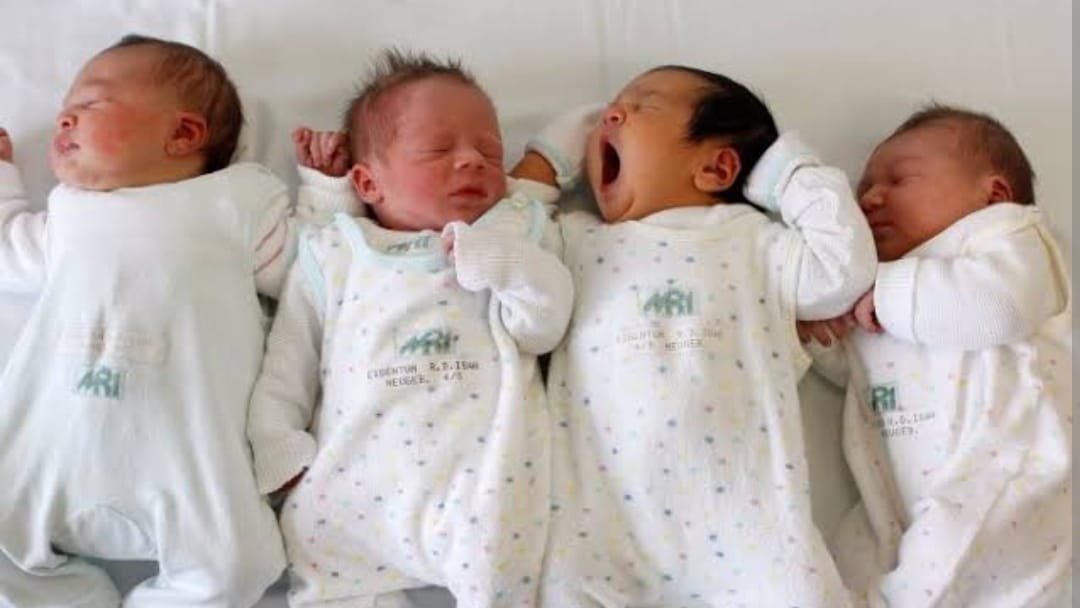[ad_1]
Despite the growing population in India, the Sikkim government is paying families and giving out childcare benefits to encourage women in the northeastern state of India to have more babies.
The extinction among Sikkim people in India is pushing the government to pay for the essential needs of babies to encourage families to have more than two children.
India’s population is growing, with about 1.4 billion people, while Sikkim’s demography is declining due to the financial struggle among people of the ethnic group.
Traditionally, women in Sikkim have enjoyed more privilege than in many other rural parts of India, where women focus on child-rearing.
The government in the northeastern state want couples to have at least three children.
According to The New York Times, government statistics show that women in Sikkim have 1.1 on average during their reproductive years, well under the national rate of two and below the 2.1 needed to maintain a steady population without migration.
The report said the government was assisting couples struggling to bear children with partial payment of in vitro fertilisation treatment.
The government also offers families a monthly stipend, one-year maternity leave, 30 days paternity leave, payment of nannies’ salaries and increased salaries for civil servants.
Alok Vajpeyi, an official at the Population Foundation of India, said Sikkim ethnic group desperately needs more children or “see their culture vanish.”
“They have to either see their culture vanish or lure people to have more children to keep it alive,” said Mr Vajpeyi.
However, many women belonging to the ethnic group struggle with IVF due to the myths that the babies spend nine months in incubators “plastic” instead of the mother’s uterus.
[ad_2]
Source link



